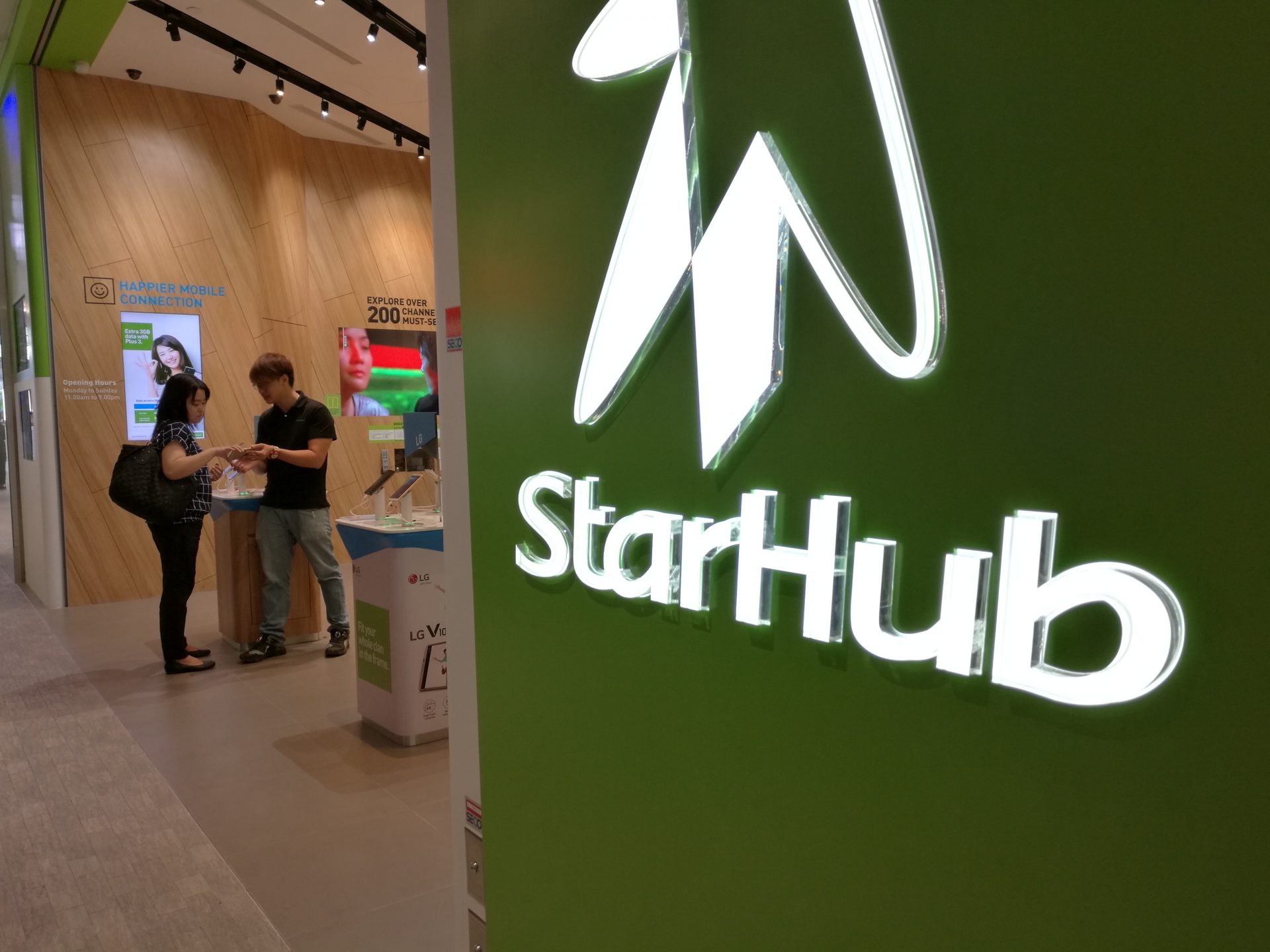
StarHub has started offering a new 5Gbps fibre broadband service in Singapore today, bringing yet another option to Internet users, as a fresh round of competition starts shaking up the market once again.
Costing S$45 a month, it is cheaper than top-end 10Gbps offerings just out recently, yet faster than the common 1Gbps services that most homes are connected to today.
StarHub’s 5Gbps plan comes into a Singapore fibre broadband market that has recently been filled with new offers and driven by strong price competition among big and small players.
In February this year, the Singapore government said it was pumping S$100 million to help fund the network equipment that telecom operators would need for a nationwide speed upgrade to 10Gbps.
The Infocomm Media Development Authority (IMDA) expects half a million households to sign up for 10Gbps services by 2028. That’s almost a third of the 1.4 million households today.
Telcos have wasted little time to start selling. Even though consumers might not need all the speed beyond the good, old 1Gbps service, they are being wooed by new services that promise an upgrade for the multiple devices they connect up at home.
Smaller players such as Simba and MyRepublic have seized the opportunity to push out low-cost deals that undercut their bigger rivals in recent months.
Simba, for example, offers a no-frills 2.5Gbps service for just S$21.80 a month, while a 10Gbps plan costs just S$29.99. It easily catches the eye of price-sensitive users.
MyRepublic, meanwhile, offers 10Gbps plans from S$59.99 a month and throws in Wi-Fi 7 network gear to help users get connected more easily.
Network enthusiasts also prefer MyRepublic for letting them connect up their own enterprise-grade routers at home to customise their setup and get the full 10Gbps speed across their devices.
Singtel, meanwhile, bundles in networking gear and services, including even “transparent” fibre network cabling for home owners who don’t want to run their own network cables.
A 1Gbps plan starts from S$49.07 a month, while a 10Gbps plan goes for S$86 a month. The leading telco here offers TV programmes with the higher-end broadband plans.
This leaves M1, which does not have any real upgrade beyond 1Gbps. Its 1Gbps plan goes for S$40.65 a month and its 2Gbps plan – made up of dual 1Gbps links – costs S$64.50 a month.
Clearly, M1 will have to start offering higher-speed plans even if users do not really maximise the bandwidth being given to them.

The pressure to upgrade speeds, as well as the wide disparity in prices today, are a reflection of a market facing disruption yet again after years of stable prices, typically about S$39 a month for a 1Gbps offering.
Consumers will benefit from the shakeup, with many tempted to upgrade to faster speeds despite their home network gear not able to catch up with the link to the Internet.
The fastest Wi-Fi 7 gear, promising as much as 5.8Gbps, are still subject to interference and blockages from solid walls, especially in Singapore’s packed apartments. So, real-world speeds are likely a fraction of that.
Even wired connections require PCs with upgraded network ports supporting 2.5Gbps, 5Gbps or 10Gbps. These are becoming more common but will take time to be ubiquitous as today’s 1Gbps links.
This is not to mention a fast network router and switch needed to handle the flood of data coming at lightning speeds.
Ideally, they should be upgraded to business-grade 10Gbps equipment – costing significantly more than regular consumer gear – to take full advantage of the faster speeds.
Even then, there isn’t much content or data to transfer around at that speed. Most Internet servers are not connected to 10Gbps pipes and even large files transferred within a home would almost never reach that speed unless with fast PCs or servers.
These factors, however, would not stop people from signing up for an upgraded service. Since prices are going to be as low as or even lower than their existing 1Gbps services, there is little risk in switching over.
Just like when people signed up for 1Gbps fibre broadband more than 10 years ago before true 1Gbps routers and switches were ready, consumers today will make the leap before the equipment is ready and affordable.
The good news is competition will drive down prices and bring up more options, like the new StarHub 5Gbps offering today.
Whether they really need or use it fully, Singapore’s consumers look set to be spoilt for choice when signing up for faster fibre broadband in the coming months.







HDB infrastructure is only Cat5E. How can Cat5E handle more than 1G bandwidth?